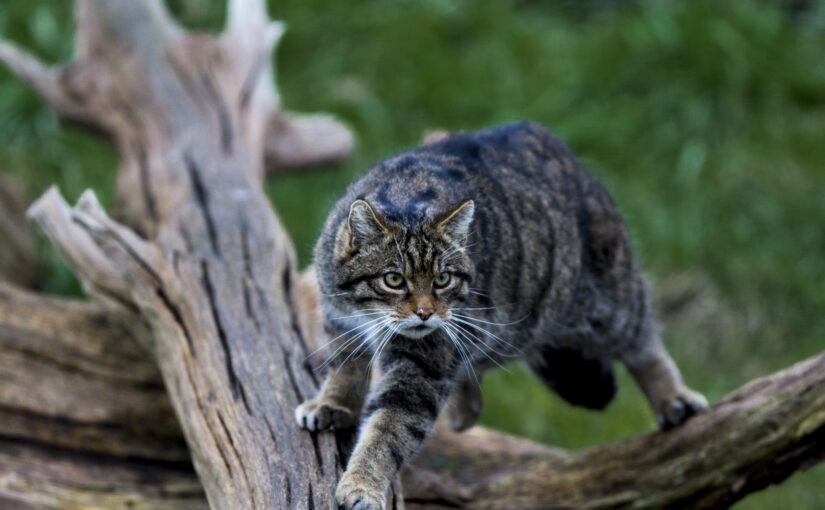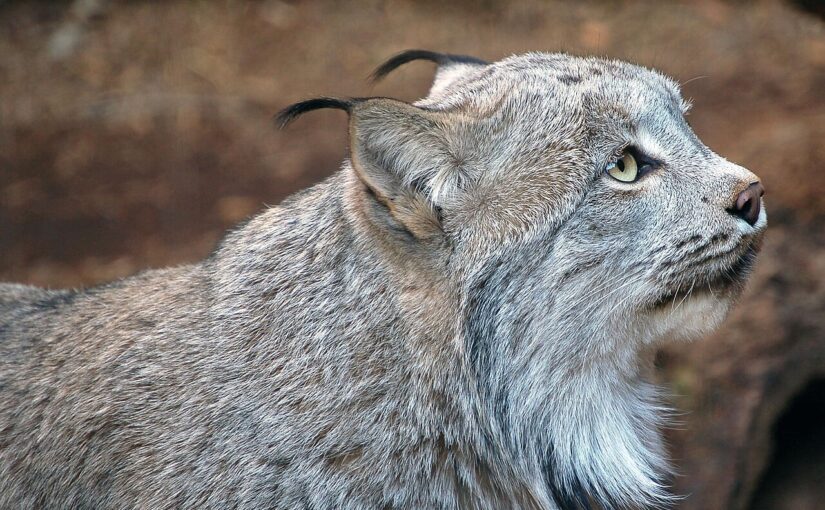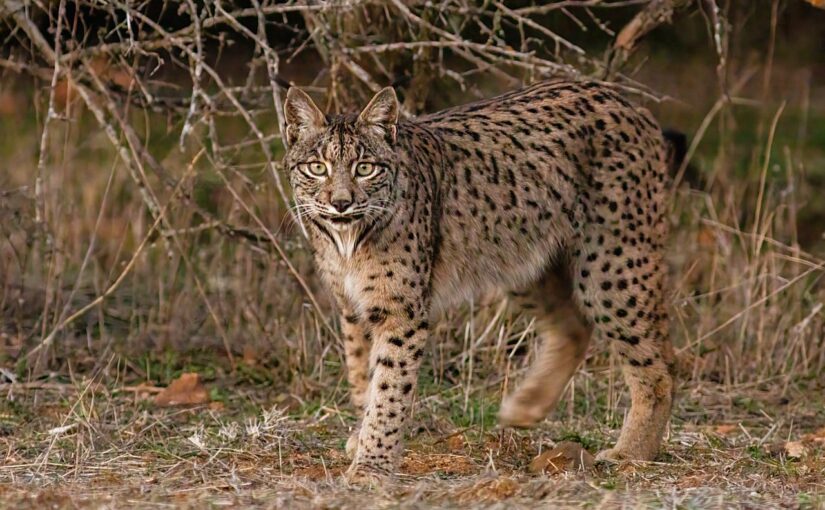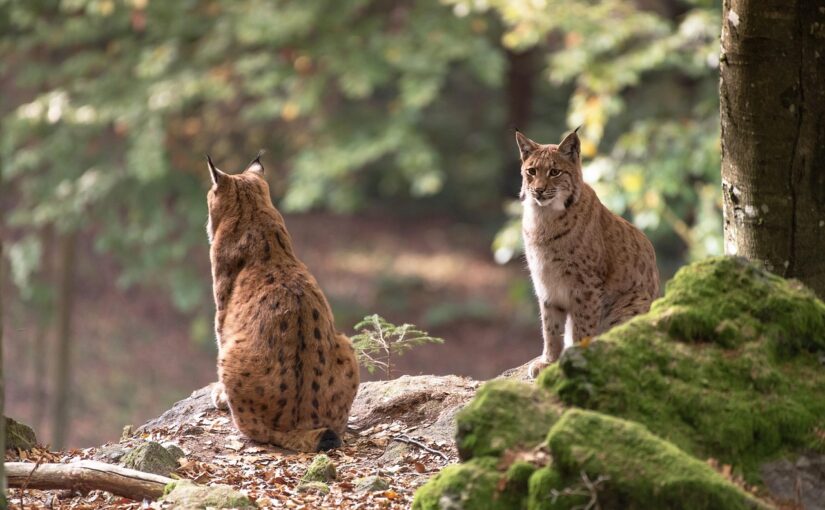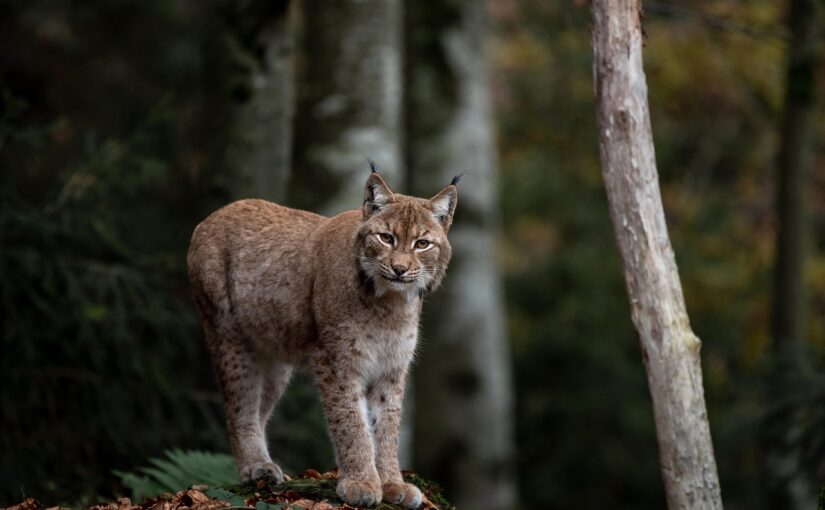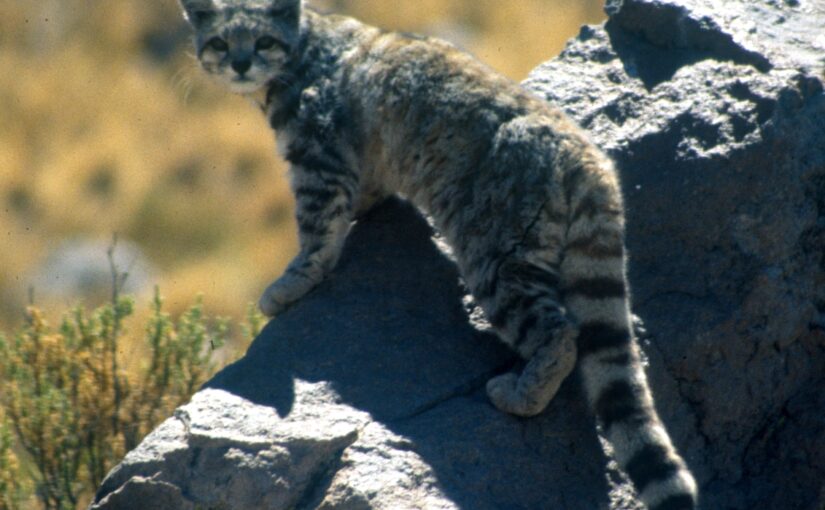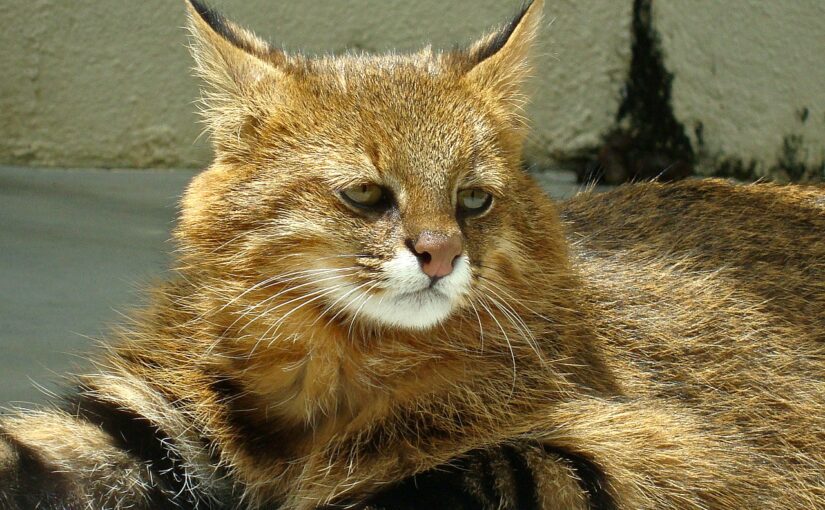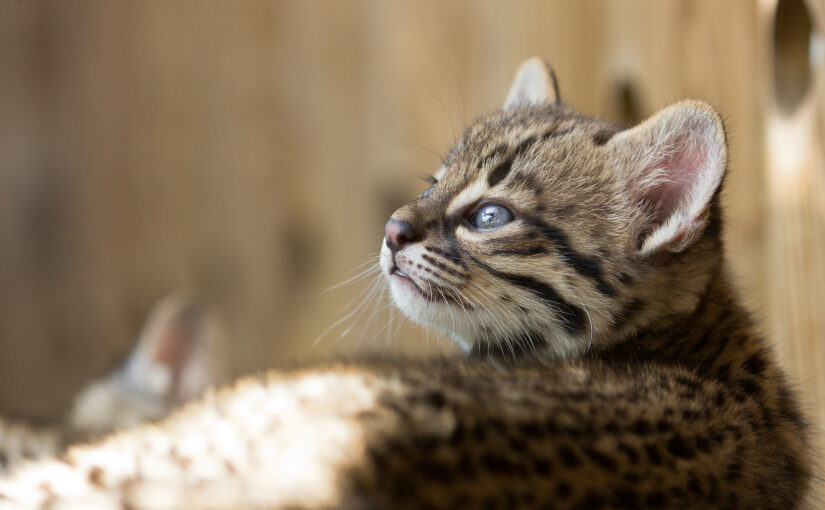Hidden in the quiet depths of Europe’s ancient forests lives a cat with roots stretching back to the wild dawn of the continent. The European wildcat, Felis silvestris silvestris, is a creature of both myth and reality. Once known as the “British tiger” in the eighteenth century, this untamable feline wandered from Scotland’s highlands to the mountains of Turkey and the broad forests of Central Europe. Though it resembles the familiar pet snoozing at the end of a sofa, the European wildcat is a different beast entirely. Stockier, wilder, and true to its ancient ways.
Continue reading The European Wildcat: The Fierce Spirit of the Old-World WoodsCategory: Wildcats
The Canadian Lynx: Silent Prowler of the Northern Forests
In the snowy wilds of North America lives a cat so perfectly built for its world that to see it is to witness winter itself in motion. The Canadian lynx, Lynx canadensis, haunts the forests of Canada, Alaska, and the northern United States with quiet grace and haunting yellow eyes. Smaller and slightly lighter than its Eurasian cousin, the Canadian lynx thrives in landscapes where cold reigns and the snow lies thick for much of the year.
Continue reading The Canadian Lynx: Silent Prowler of the Northern ForestsThe Iberian Lynx: A Comeback Story from Spain’s Wild Lands
Deep within the sun-soaked landscapes of the Iberian Peninsula walks a cat that was once on the very brink of extinction. The Iberian lynx, Lynx pardinus, often called the “panther lynx” for its striking black spots and tawny-yellow coat, is not only a symbol of wild Europe but also a beacon of hope for conservationists everywhere.
Continue reading The Iberian Lynx: A Comeback Story from Spain’s Wild LandsThe Eurasian Lynx: The Comeback Cat of Europe and Asia
Among the wild cats of the Northern Hemisphere, the Eurasian lynx is the undisputed master of the deep forest and remote mountains. With its long, powerful legs, generous tufts of black hairs sprouting from its ears, and thick, well-padded paws, this feline is built for both stealth and survival in harsh, unpredictable terrain. It is the largest member of the lynx family, looming larger and leaner than its American cousins, yet it moves with the same silent grace, blending with ease into the snowy woods and rocky slopes it calls home.
Continue reading The Eurasian Lynx: The Comeback Cat of Europe and AsiaThe Bobcat: The Elusive Wildcat of North America
The North American bobcat, Lynx rufus, is the most adaptable and widespread of all lynx species. Sometimes called the American wildcat, this stealthy predator is smaller than its Eurasian cousins but radiates a quiet strength and cleverness. From the pine forests of Maine to the deserts of Texas and the swamps of Florida, the bobcat makes its home wherever there is cover, a bit of water, and prey to pursue.
Continue reading The Bobcat: The Elusive Wildcat of North AmericaThe Lynx: Ghost of the Northern Forests
When you think of the great silent hunters of the wild, few animals possess the enigmatic charm and adaptability of the lynx. This mysterious cat, with its tufted ears, thickly furred paws, and fire-bright eyes, stalks some of the most remote regions of the Northern Hemisphere, leaving only paw prints in fresh snow and the faintest trails through pine needles. The lynx is not a single species, but an entire genus, comprising four closely related wild cat species: the Eurasian lynx, Iberian lynx, Canadian lynx, and bobcat. Although they differ in detail and habitat preference, all shine with the same elusive spirit.
Continue reading The Lynx: Ghost of the Northern ForestsThe Andean Cat: Ghost of the High Mountains
High in the wild ridges of the Andes, in landscapes where the air begins to thin and condors ride immense thermals, lives a cat so elusive that even many people who dwell beneath those same peaks have never seen it. The Andean cat, Leopardus jacobita, sometimes simply called the mountain cat, is one of the most endangered and least understood small felines in the world. Its pale silver coat and long, banded tail seem designed to merge with rock and scree, turning it into a shadow that blends seamlessly into the harsh highlands.
Continue reading The Andean Cat: Ghost of the High MountainsThe Pampas Cat: The Shifting Spirit of South America’s Grasslands
Across the rolling grasslands and misty forests of South America lives a small, stocky feline that embodies adaptability and mystery. The pampas cat, Leopardus colocola, sometimes called the colocolo, was once thought to be just a variety of the tiny Kodkod. Today, however, scientists recognize it as a species in its own right, one that roams widely across the continent yet remains surprisingly little known.
Continue reading The Pampas Cat: The Shifting Spirit of South America’s GrasslandsThe Kodkod: The Little Cat of the Chilean Forests
High in the temperate forests of Chile and Argentina lives the smallest wild cat in South America. Known to locals as the guigna and to science as Leopardus guigna, this tiny feline is one of the least familiar members of the cat world. With a body no longer than half a meter and weighing barely two to three kilograms, it may seem unassuming, yet it carries the full spirit of the wild condensed into a miniature frame.
Continue reading The Kodkod: The Little Cat of the Chilean ForestsGeoffroy’s Cat: The Small Spotted Survivor of South America
In the wild landscapes of South America, where grasslands stretch to the horizon and the Andean foothills rise into chill mountain air, a small but powerful feline reigns quietly. Geoffroy’s cat, Leopardus geoffroyi, also called the small spotted cat or the salt cat, may not have the fame of the jaguar or the elegance of the ocelot, but it is among the most resilient and widespread wild cats of the continent. To many, it represents the stealth and strength of the feline family concentrated in a compact, unassuming form.
Continue reading Geoffroy’s Cat: The Small Spotted Survivor of South America